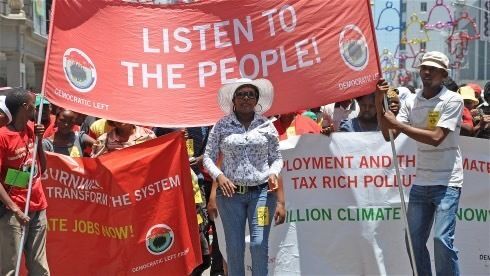Identifying Marginalized Populations
- Who are the people in our community who may be “marginalized” (definitions include underserved, disregarded, ostracized, harassed, persecuted, sidelined)? Consider this list as a start in identifying possible marginalized groups in the community:
- Immigrants, Refugees, and Migrants
- Women and Girls
- Victims of Human Trafficking
- Mentally Ill
- Children and Youth
- People of Differing Sexual Orientation (LGBT community)
- People of Differing Religions
- Developmentally Delayed, Physically Disabled, or Mentally Ill People
- Incarcerated People (and their Families)
- People Released from Incarceration
- People of Low Socioeconomic Status
- Unemployed People
- People of a Particular Ethnicity/Country of Origin
- People with a Differing Political Orientation
United Nations Sustainable Development Goals:
- End extreme poverty, including hunger.
- Achieve gender equality, social inclusion, and human rights for all.
- Empower inclusive, productive, and resilient cities.
- Transform governance and technologies for sustainable development.
“The World We Want 2015” Priorities:
- Equality between men and women
- Political freedoms
- Support for people who can’t work
- Freedom from discrimination and persecution
Public Policy and Funding
- What are the policies in our community to address issues faced by any of the groups identified as “marginalized? What impact do the policies have on the marginalized groups and on the community?
- What community groups and programs exist to address these issues?
- What forums/avenues exist to interact with “officials” to assess the treatment of people in these groups and to provide public funding to act compassionately?
Education and Compassion
- Do we have programs to educate the public about the issues confronting marginalized groups (e.g., victims of human trafficking, members of certain ethnic or religious groups, inmates who have been released and are trying to re-integrate into the community) and discuss what can be done to alleviate suffering?
- Do we have programs to increase tolerance and eliminate prejudice against a marginalized population?
- Do we have safe places and spaces? Are safe reporting procedures in place?
- Do we have education and sensitivity training for law enforcement? Are law enforcement responses monitored? Does the community have a stake and voice in the quality of law enforcement in their community? Are there safe ways to report and monitor violations?


